SUNDAY JOINT, 1-5-2025: KAENA POINT MAKES, BREAKS JIM "WILDMAN" NEECE

Hey All,
"Kaena Point: the Big-Wave Break that Got Away" posted on EOS last week, and it is a big sprawling White Album of a page, illustrated to a fare thee well, with lots of embedded ripped-from-the-headlines source material. Kaena was a strange spot (and yes, I think of it in past tense; prove me wrong Kai Lenny!), ridden a couple of times, sort of, but not really. Never at anything close to full size. Kaena seemed to exist, for surfers, as a place to be looked at and talked about, to terrify and mystify—although there is humor threaded into its history, too, and if we think of Kaena as our never-quite-captured Great White Whale, it lumbered off, as I see it, with a little smile playing over its krill-stained mouth.
But let's back up. For 40-plus years, starting in the 1950s, there was an immovable hierarchy of big-wave surf breaks, all of which were located in Hawaii. Makaha and Waimea at the top (Joey Cabell would've added Hanalei Bay and another break or two from Kauai, but that was on the down-low), then Sunset Beach, then Laniakea, and you'd probably throw in Second Reef Pipeline, too, just 'cause of Greg Noll's one wild ride out there in 1964. For almost that entire period, Kaena Point was regarded as the next frontier in big-wave surfing. Or actually, no, the final frontier. When I was a kid, there simply was no other break in what Mark Foo would later call the "unridden realm" beyond Waimea.
Then abruptly, around 1986, Kaena fell off the big-wave map. Todos Santos brought our attention to the Mainland. Then Maverick's. Jaws brought it back to Hawaii, except on Maui instead of Oahu. Then Tahiti, Portugal, Ireland, on and on—once you've seen Waimea-sized Cloudbreak and Mullaghmore, and let's not forget Cortes Bank, there's just no room left in your big-wave imaginings for an antique big-wave chimera like Kaena Point.
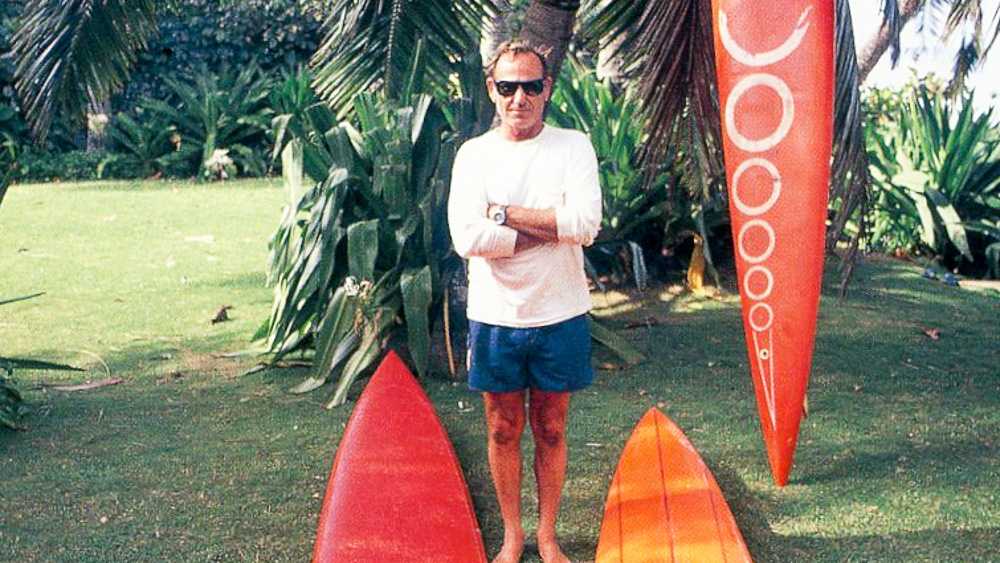
Kaena didn't exist entirely in our heads, of course. Flippy Hoffman and Roger Erickson rode it in 1976. Flippy called it fifteen-foot No drama, "just a lot of fun," which of course is not at all what surf fans are looking for in a conquest of this purported magnitude.
But again, and sorry if I'm repeating myself, Kaena was the break that people thought about riding, but didn't. Buzzy Trent, Jim Fisher, George Downing, Greg Noll, others. "Every year," Mike Doyle wrote in 1963, "there is a rumor that someone is going out at Kaena."
Doyle himself had watched 50-footers peeling off the point and brainstormed the situation. "My idea involves a helicopter with a 150-foot nylon line with a shock cord tied around the surfer's waist. By this arrangement, the surfer could be pulled into the wave like a waterskier, and if he didn't make the drop or if the wave closed out, the helicopter could shoot ahead of the break, dragging the surfer forward and up and into the air."
Big-wave surfing by way of James Bond. Or Wile E. Coyote.
Jim Neece and Alec Cooke are the two surfers most closely associated with Kaena Point, and I tried but could not fit them both into what's left of this Joint, so we'll do Neece today and Cooke next Sunday.
You old salts out there will recall that Neece, originally from San Pedro, California, but a resident of Hawaii since age 16, was better known as "Wildman." Fantastic name. I wish I knew how he got it. Possibly because he was indeed a head-down never-pull-back charger in huge surf, as evidenced by a popular XXL poster of him bottom-turning on a 1972 Huge Monday monster at Pipeline.
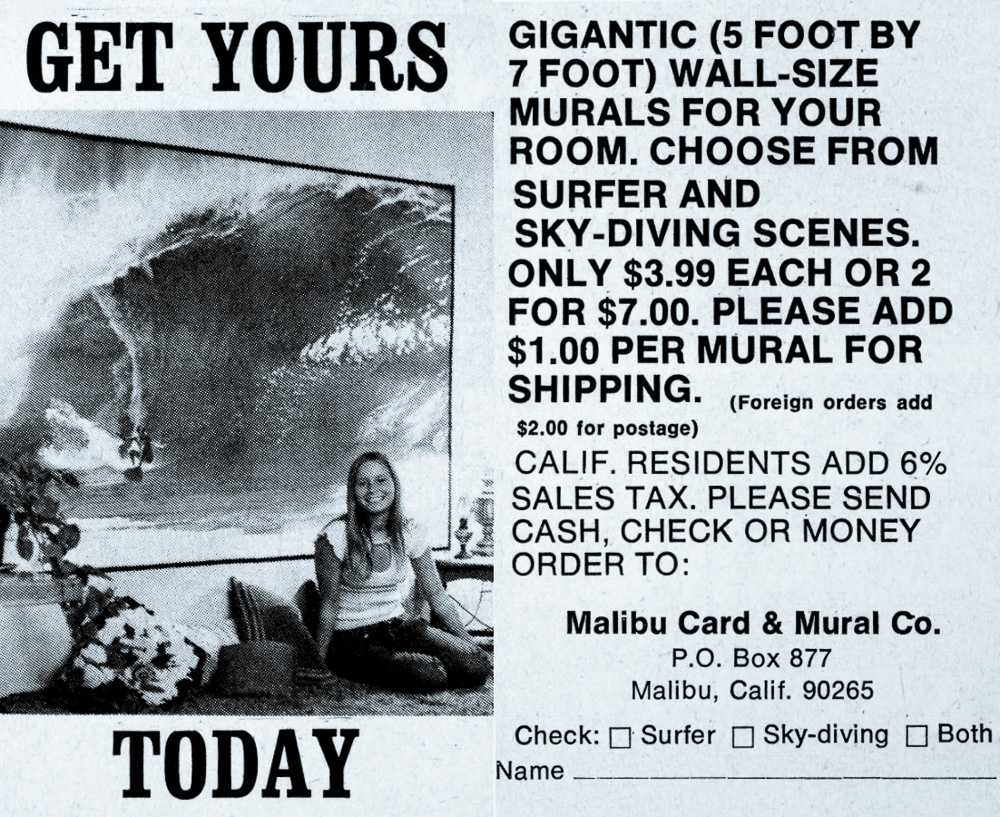
So far, so good. Neece was just 20 years old when he rode that massive Pipeline wave, and improving by the month. He had good boards, and the respect of old guard North Shore surfers like Ricky Grigg. Furthermore, he enjoyed being in the spotlight and looked like a back-row Chippendale dancer. I don't know how the deal came together, or whose idea it was, who reached out to who, but in November or December 1973, Neece signed a deal with a Sacramento County film company to ride a 40-foot-or-bigger wave at Kaena that winter for $12,500 plus 10% of net on the subsequent documentary feature. He'd jump from a helicopter into the lineup and wear mini "aqualung" air-tanks on his back in case of a wipeout. A speed boat would tow him into the wave.
The Sacramento film crew arrived in fall, and the wait began—the project was now being branded as the "Kaena Challenge."
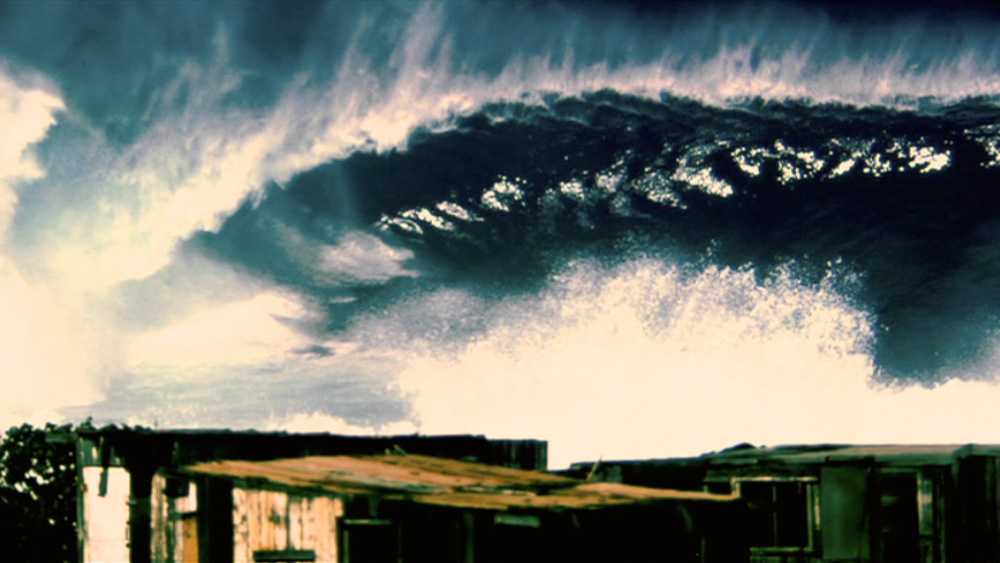
Wildman seemed to be in his element. He was about to "blow people's mind," he told the Honolulu Star-Bulletin. “Ninety-nine percent of people think it's a sure death trip. But I know it can be done.”
And this bit, from Neece's SURFER magazine interview:
What part of Kaena would you ride?
When I've seen it, the left is out of control—impossible. But the right is an open door pushing out to sea around the point toward Makaha.
Have often have you seen it break?
I saw it in December '69 when it was 60-plus-feet. There's no stopping how big it can get because it won't close out. It just breaks into open ocean.
What's it like when it's big?
The left makes Pipeline look mushy. The right is as hollow, but more makeable. It throws out, with a ledge like Waimea, only bigger.
At what size would you contemplate riding it?
About 40-foot, I guess.
Do you feel you'd be risking your life?
Possibly. But with the experience I've gained these last few years, I feel quite confident. Enough to risk it.
Would you have attempted it that day it was 60-feet?
If the money was on the beach, I'd do it.

But in early January 1974, suddenly and without notice, Neece flew back to California. A newspaper article reported that he'd been in an "altercation" on the North Shore and suffered a head injury. SURFER said Neece was "unable to cope with the pressure" of the Kaena Challenge.
And that was that. I've searched Neece online now and then over the years and found nothing but a few old photographs from his time on the North Shore. A short item in a 1976 issue of SURFER reported that Neece was a US Army ski instructor, in the Southern European Task Force—but the article also says Neece did a Playgirl spread, and I'm 99% sure that never happened (Angie Reno and Mike Purpus were both Playgirl pinups, and both looked a bit like Jim), so take that with a grain of salt.
It's not just that Neece never again talked about the Kaena Challenge. He dropped out. I mean, all the way out, like D. B. Cooper without the spectacular exit.
Either that or he returned to the North Shore ten years later calling himself "Ace Cool," and that's where we'll pick up next week.
Thanks for reading!
Matt
PS: Again, and not to nag, but the Kaena Point page that went up last week is where all the good stuff is, videos, photos, articles, on and on. Kaena-palooza.
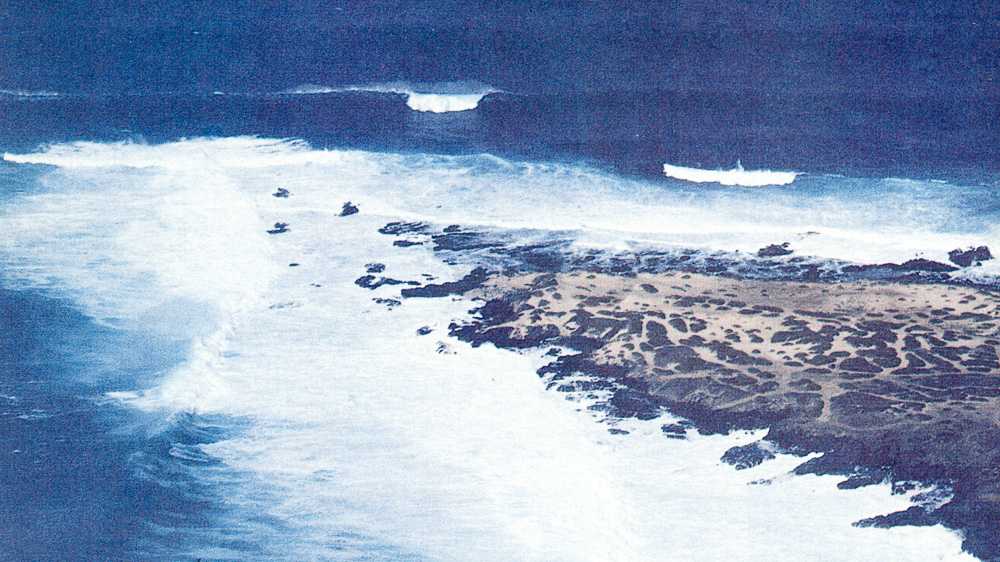
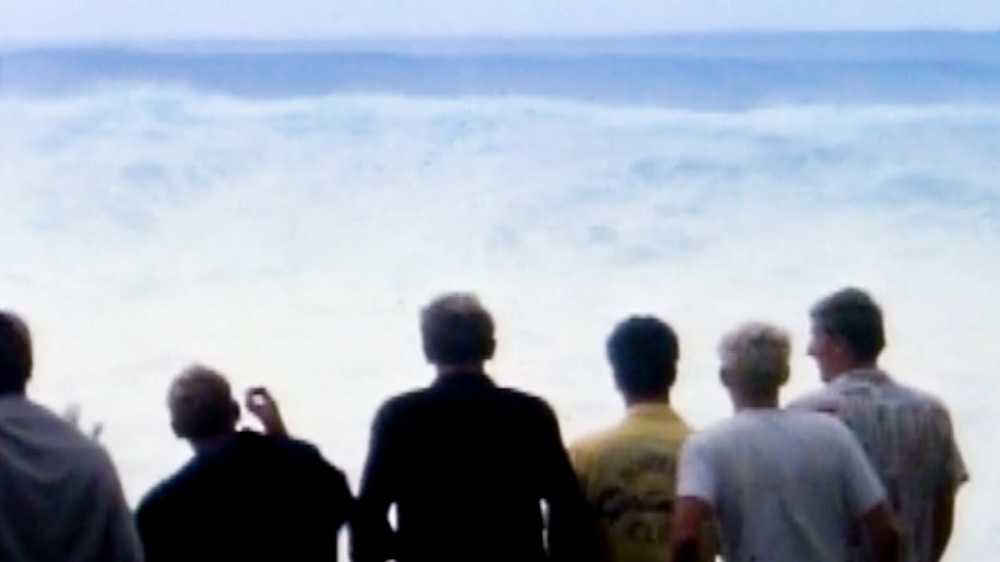
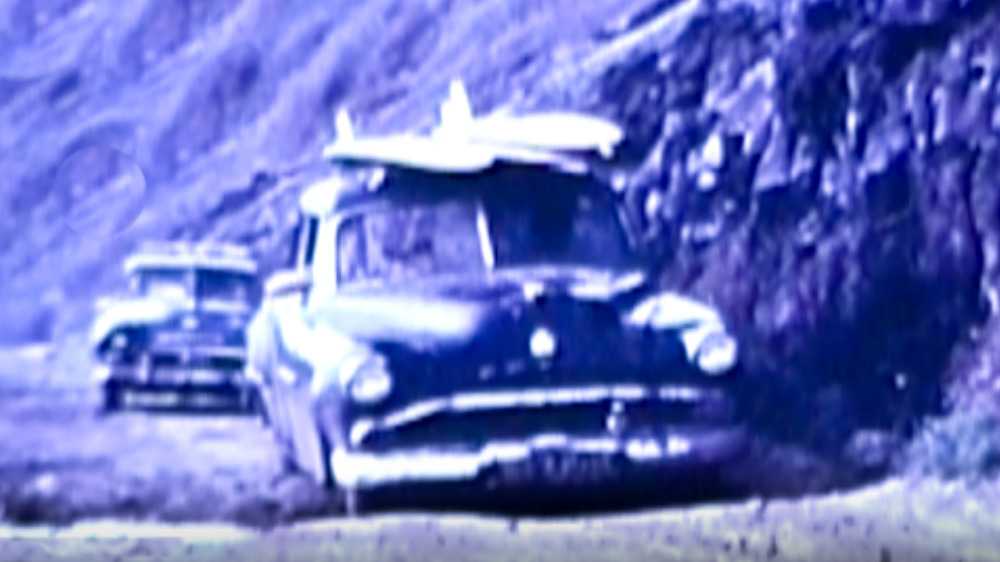
[Photo grid, clockwise from top left: Kaena Point; Jim Neece portrait, 1972; Neece surf shot by Bernie Baker; 1973 Star-Bulletin headline; frame grab of Kaena Point from John Severson film; Wile E. Coyote. Flippy Hoffman photo by Jeff Divine. Surfing magazine ad for wall-sized Jim Neece poster. Kaena Point wave, 1969, photo by Greg Noll. Neece portrait by Dave Skelton. Kaena Point aerial view by Warren Bolster. Huge surf at Kaena, by Severson. Driving around the point, by John Severson.]